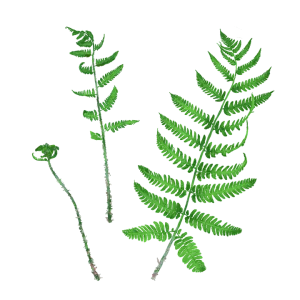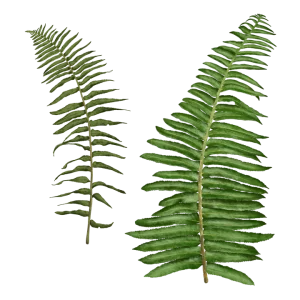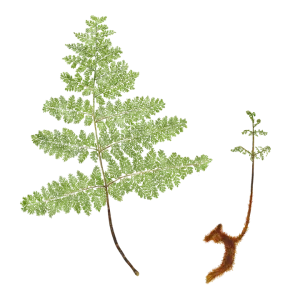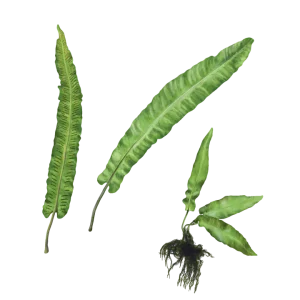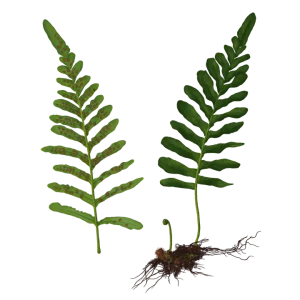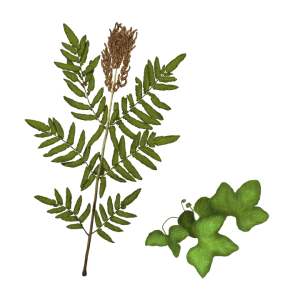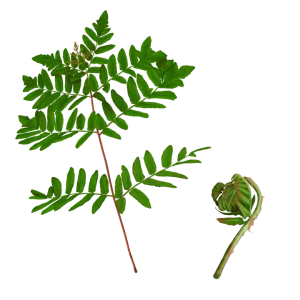Dryopteris goldiana – Prefers moist, rich, well-drained soil. Needs protection from wind. Spreads slowly by rhizomes. Best planted in masses in the shaded or woodland garden.
SUBSTRATE & WATERING
Grows well under low to medium light in moist to moist-wet garden soil or potting mix.
This species, with its short-creeping rhizome, is very attractive with its broad, arching fronds and the fiddleheads.
Dryopteris goldiana is the largest of the wood ferns, reaching 4″ high in ideal conditions. It has stately, bold fronds that are green with a hint of golden yellow, and it spreads slowly to form a large cluster. Their broad canopy stretch handsomely over the garden’s lower shade lovers. This fern requires a cool, shady location.
Crowns of next spring’s heavily-scaled croziers form in late summer or early fall, and can be seen partially concealed in the dark leaf mold.
One of its attractive features is the appearance of the uncurling fronds in spring, when they are covered with shaggy white and pale brown scales.


